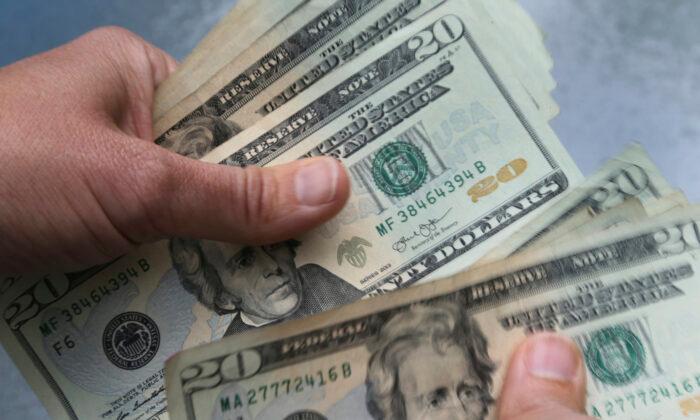If more households are paying more for food and energy, will they modify their consumption patterns?
With consumer demand gradually weakening and business activity slowing down, the consequences of surging food and energy inflation might be weighing on the broader economy.
Paying More for Food
In July, food inflation hit 10.9 percent, the highest level since May 1979. Across the board, every food and beverage item listed on the Bureau of Labor Statistics’ consumer price index has surged on a year-over-year basis, from bread to meat to coffee.Although commodity markets have eased in recent months, many agricultural products are rising again, including soybeans, wheat, corn, lean hogs, and coffee.
The United States, for example, is poised to harvest its smallest corn crop in three years.
This is bad news for households already struggling to cover the cost of their grocery store bills.
Keeping the Lights on Is More Expensive
Despite crude oil and gasoline prices coming down, the energy price index remains up 32.9 percent on an annualized basis. Fuel oil has advanced 75.6 percent, gasoline has climbed 44 percent, and electricity costs have jumped 15.2 percent.The meteoric boost in energy prices forced drivers to change their habits.
Businesses are also enduring the agony of higher utility costs.
Broader Effects on the Economy
Falling consumer demand is already weighing on business activities, according to various metrics.The S&P Global Manufacturing Purchasing Managers Index (PMI) eased to 51.3 in August. The Services PMI fell to 43.7, while the Composite PMI dropped to 44.6. Anything below 50 indicates a contraction.
Economists at S&P Global noted that higher input prices diminished consumer demand, with many firms reporting that clients were concentrating on inventories and essential spending more closely.
Sian Jones, the senior economist at S&P Global Market Intelligence, explained that the August PMI numbers painted a concerning picture of the state of the U.S. private sector. Demand conditions are weakening, Jones noted, as rising interest rates and elevated inflation weigh on customer spending.
The situation might deteriorate further as the slump in total output is comparable to what happened during the Great Recession.
The U.S. economy is two-thirds driven by consumer spending. If Americans aren’t purchasing goods and services because their main focus is on sustenance, be it filling up a tank of gas or putting bread on the table, business activity shrinks, and the gross domestic product takes a hit.
Indeed, market analysts have been closely monitoring consumer demand data in recent months to find hints of a slowdown.
According to a new report by First Insight, a platform that tracks consumer experience, people are changing how they spend their money. The report titled “The State of Consumer Spending: Inflation Fueling Recession Fears” states that rising food prices are the biggest concern for 68 percent of consumers. This has them cutting spending in other areas, including dining out, streaming services, electronic games, and gym memberships.
Even priorities and behaviors in consumers’ food budgets are changing, said Greg Petro, CEO of First Insight.
Will the US Become Europe?
While the United States might be in the beginning stages of a sharp contraction in business activity amid inflationary pressures in food and energy, Europe has become entrenched in this cycle for months.A growing chorus of economists believes it is almost an inevitability that the eurozone and the United Kingdom will slip into a recession.
Elevated food and energy inflation is affecting the economy as consumers are tapped out and businesses slow down activity. The only bright side is that cooling demand might be what cures inflation, which would be at the expense of the economy.





